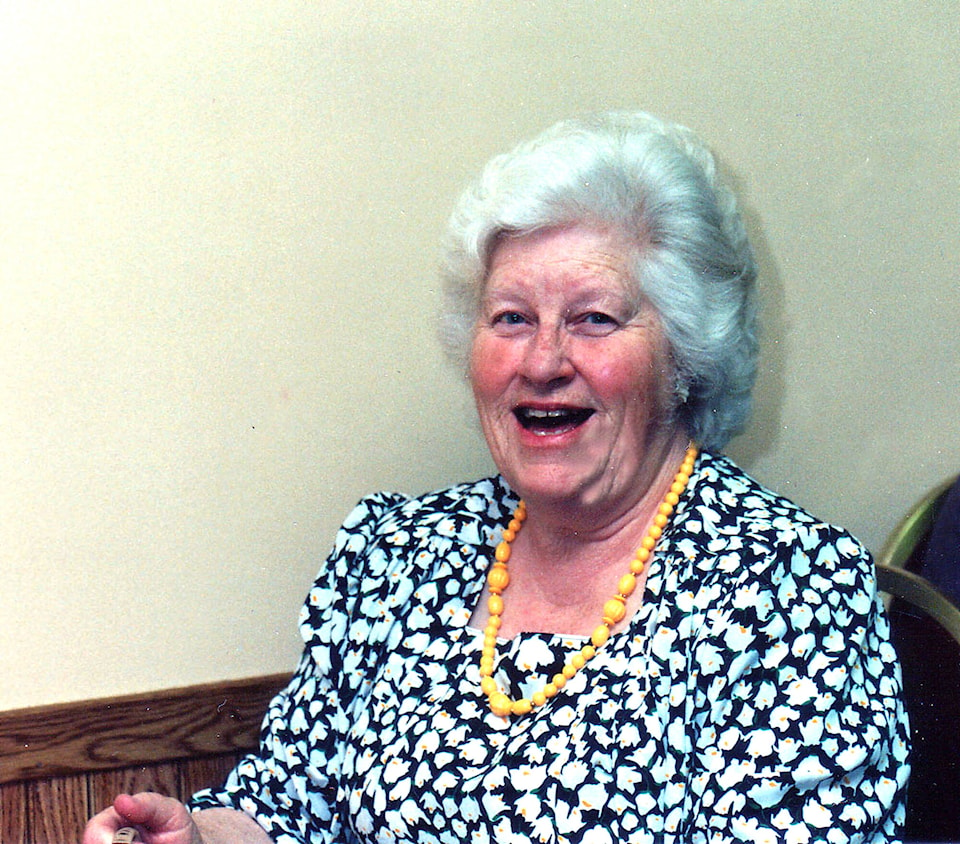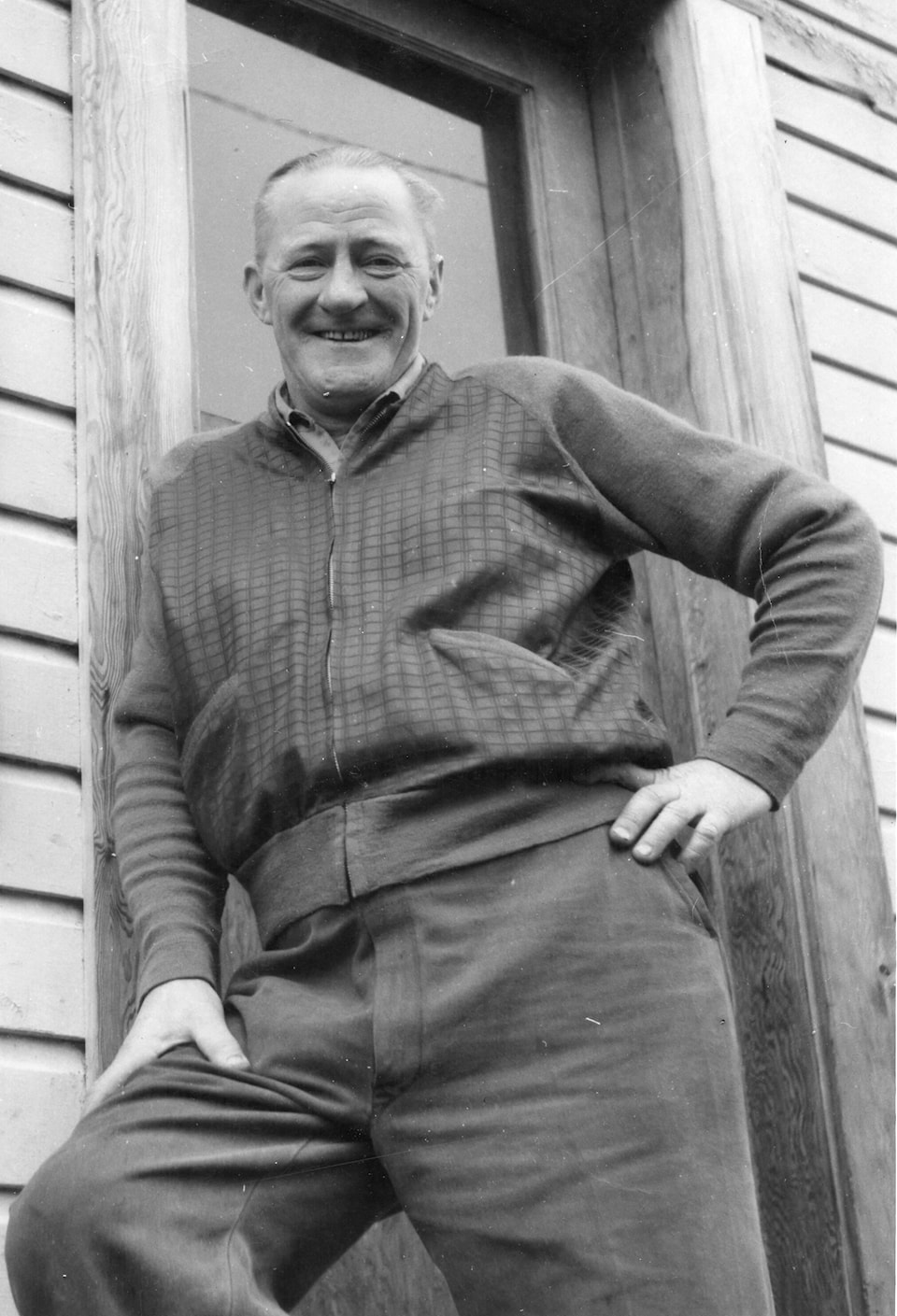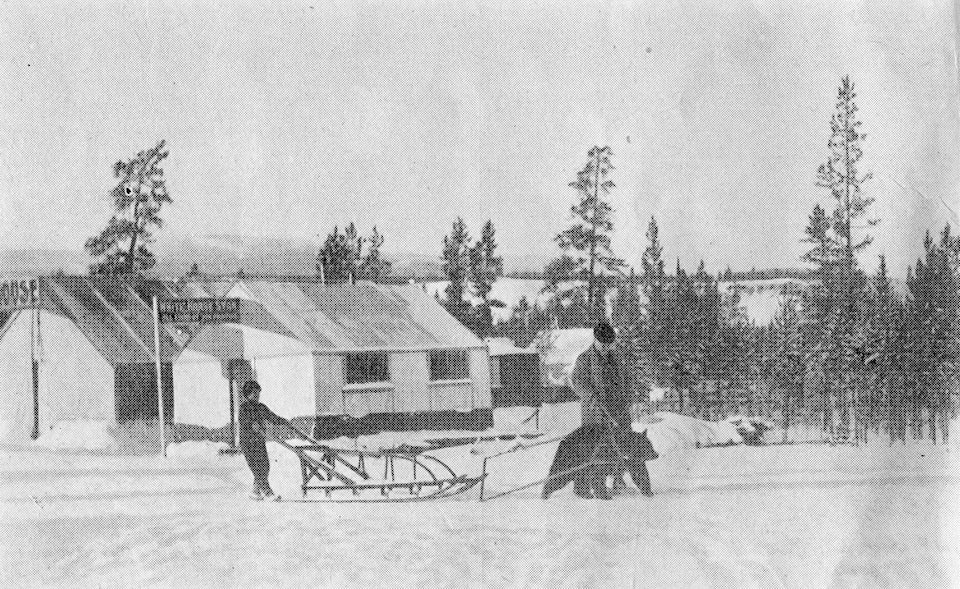I attended a history conference in Haines Junction last October where Whitehorse filmmaker Max Fraser remarked that “news is the first draft of history.” Simple enough to say, but profound in its meaning.
The statement describing journalism as the “first rough draft of history” has often been attributed to Philip L. Graham, the publisher of the Washington Post, but the phrase has been traced as far back as a book review written by Alan Barth in the New Republic magazine in 1943. It may go back even further.
The announcement that the Yukon’s longest-operating newspaper, the Whitehorse Star, will print its final edition in May is a symptom of changing technology, where the internet is replacing traditional print media as a source of information.
As a purveyor of history, I frequently turn to the early issues of the local newspapers to glean important details pertaining to past events and people. The Dawson Daily News from the early days provides insight into how the gold rush community functioned, but woe to anybody who researches newspapers like the News, and the Star, because there are so many interesting news items to distract you from your work.
Over its 124 years, the Star exhibited a strong sense of place, and of history. One year after it was established in Whitehorse, it produced a special first-anniversary edition. The same thing happened for the 25th and the 90th anniversaries. The 100th-anniversary edition was so large that the 352 pages were printed in three parts.
To look through these special editions is to get a history lesson about the Yukon and especially about the small town that eventually became the territorial capital. There were articles about the history of the territory. The historical sketches of Whitehorse evolved with each special edition. The articles focused upon the unique character of the Yukon, and White Horse (it wasn’t spelled “Whitehorse” until many years after it was founded), while others were filled with hope and optimism for the future.
Reading these special issues, one gets a good overview of the newspaper, how it changed, and the people who made it work. There are articles about some of the most notorious murders. There are disasters: major fires, sinking of sternwheel riverboats, mine tragedies, plane crashes, the sinking of the Princess Sophia, and earthquakes. There are profiles of prominent citizens: George and Martha Black, Joe Boyle, Robert Service, Skookum Jim and George Carmack, to name a few. There was coverage of our Yukoners during the two world wars.
The Star paid special attention to the people who produced the newspaper: investors, reporters, editors, typesetters and pressmen. Aviation firsts were chronicled, as well as flying accidents. The visit of Will Rogers and Wiley Post was documented, as well as their tragic demise. The events surrounding the construction of the Alaska Highway made for interesting news. And how about sports? Hockey seemed to be a favourite topic. (My Uncle Ted Wilson wrote sports copy for the Star in the 1960s.)
Of the many people who were connected to the newspaper, two stand out in my mind because of connections I had with them. One was Helmer Samuelson, the other, Flo Whyard. Samuelson was born in the goldfields in 1908 and started working as “the printer’s devil” for the Dawson Daily News when he was just 14 years old.
As curator for Parks Canada for many years, I spent considerable time in the old Dawson Daily News building on Third Avenue in Dawson, where Helmer worked on the Linotype machine (a Linotype was an automated typesetting machine that used molten lead to form lines of type for the newspaper). The Linotype was one of the technological miracles of the early 20th century.
Helmer was also active in sports and played hockey for Dawson teams during the 1920s and 1930s. He enlisted in the armed forces during World War II. There, he was also involved in producing a regimental newspaper. The owner of the Dawson News, Harold Malstrom, promised him that when he returned to Dawson after the war, he could have the business for a dollar. He kept the promise.
When the News shut down in 1954, Helmer moved to Whitehorse, where he took the position of linotype operator for the Star. He continued in that capacity until shortly before he passed away in 1973, after a 51-year romance with the newspaper business.
Helmer was diabetic and in later years, his circulation suffered, and eventually both legs were amputated. That didn’t stop him from working the big linotype machine, or later, the newer typesetting technology, until the very end.
I crossed paths with him in 1972, the one and only time I met the man, but he was hard at work at his keyboard, and we did not speak. Had I only known that years later, I would be responsible for the equipment that he had operated in Dawson, what remarkable conversations we might have had!
The other notable person was Flo Whyard, who was the editor of the Star from 1964 to 1971. Flo came from a newspaper family in Ontario. She studied at the University of Western Ontario and during this time also obtained a pilot’s licence. She married Jim Whyard and moved to Yellowknife in 1945, then Whitehorse, nine years later.
Before becoming editor of the Star, she wrote for News of the North, freelanced articles to CBC and sold articles to newspapers and magazines in southern Canada. One of her contributions to the Star was to report on the comings and goings of townsfolk in the still tiny community.
After leaving the Star, she was the Canadian editor for Alaska Northwest publishing (Alaska Magazine, the Milepost). She wrote a couple of books too. Then she was elected as the MLA for Whitehorse West (1974-1978), where she served on the Executive Committee as Member for Health, Welfare and Corrections. From 1981-1983, she served a single term as mayor of Whitehorse. Flo had always been active in several ways in the community, including the founding of the Yukon Transportation Museum, and serving as a member of the Yukon Foundation. She was made a member of the Order of Canada in 1983.
Flo was a force to be reckoned with, and very outspoken, someone you couldn’t help but notice. She was a staunch champion for Martha Black, Canada’s second female Member of Parliament, and when she felt she had done enough for Mrs. Black, she started to work on Mr. Black, who was important to the political scene in the Yukon for 50 years.
My wife Kathy got drawn into that project after we moved to Whitehorse from Dawson City, and started gathering research material for Flo. Because of her age (she was 90), Flo eventually handed the George Black project over to Kathy to complete. We had known Flo socially before that, but got to know her on a more personal basis during the research on Mr. Black.
The Whitehorse Star, and its long tradition of interesting staffers, helped shape and reflect the character of the community. Most of the news was local, but occasionally, certain events covered by the Star would attract widespread attention across the country. And if there wasn’t news worth writing about on a given day, they weren’t shy about stirring the pot a little to keep the readers’ attention.
We have reached a point where we must face the big question: if we lose print media institutions like the Whitehorse Star (or any of the other small market newspapers), who can we rely upon to report current affairs accurately, fairly and honestly? Can we rely on the internet to provide well-informed and researched reports on what is happening around the world? Who will set the standards for fair and independent reporting in the future? What is posted on the internet one day, can disappear the next.
I, for one, appreciate how newspapers like the Whitehorse Star and the Dawson News, and dedicated staffers like Samuelson and Whyard and many others, helped provide the first rough draft of history. It is now a big responsibility for the surviving print news outlets to draft the next volume of Yukon history.
Michael Gates was the Yukon’s first Story Laureate from 2020 to 2023. His latest book, “Hollywood in the Klondike,” is now available in Whitehorse stores. You can contact him at msgates@northwestel.net.


